In a discovery that challenges one of biology’s most fundamental principles, scientists have identified an ancient protein capable of functioning in a “mirror world”—the molecular equivalent of flipping reality inside out.
This protein, a lab-synthesized version of one believed to have existed billions of years ago, defies biological convention by operating in a form that is the mirror image of all life as we know it—a feat that could revolutionize our understanding of life’s origin, molecular biology, and future bioengineering applications.
The Basics: Life Is Asymmetric—Until Now
All life on Earth shares one odd but consistent feature: chirality. In simple terms, molecules like amino acids and proteins have “handedness”, meaning they exist in either left-handed (L) or right-handed (D) forms, much like how your left and right hands are mirror images but not superimposable.
Life has almost exclusively used left-handed amino acids and right-handed sugars, a phenomenon known as biological homochirality. Why nature “chose” this asymmetric rule has puzzled scientists for decades.
But this new study, recently published in Nature Chemistry, reveals a mirror-image version of an ancient protein that can fold, function, and survive—even though it’s made entirely from right-handed amino acids, the opposite of what exists in nature.
What Scientists Did: Recreating a Protein from a Mirror World
Researchers from the University of Cambridge and ETH Zurich used AI-driven protein modeling and synthetic chemistry to recreate an ancient, prebiotic protein thought to have existed over 3.5 billion years ago. But here’s the twist—they created a version using D-amino acids, essentially building a protein that would be unrecognizable to today’s biology.
To their amazement, the mirror protein not only folded correctly but also performed the same catalytic functions as its original, left-handed counterpart.
This suggests that chiral preference in biology may not be as strict or necessary as once thought, and that mirror-life—or “alien” molecular life—could theoretically exist or be engineered.
Why This Breaks the Rules
In biology, even minor changes in chirality can render a molecule useless—or even toxic. For instance, the infamous thalidomide tragedy was caused by a single enantiomer (mirror form) of a drug having devastating effects on fetal development.
The idea that a full mirror-image protein can remain stable and functional overturns decades of assumptions about molecular compatibility, folding, and function.
According to the lead scientist, Dr. Helena Marcus, “This could open the door to designing proteins that are completely immune to natural degradation or immune system detection—perfect for therapeutics, biosensors, and even synthetic life.”
Implications for the Origin of Life
This discovery also has major ramifications for astrobiology and the origin of life. If life can exist in both chiral configurations, then mirror-image life forms could theoretically evolve on other planets, using D-amino acids instead of L-amino acids.
It strengthens the argument that life’s chirality may have been a random choice, amplified through early chemical evolution, rather than a necessary rule of biology.
Bioengineering Applications: The Next Frontier
Here’s where it gets really exciting: mirror proteins are almost completely resistant to enzymes and natural degradation. That makes them ideal for:
✅ Long-lasting drugs that can’t be broken down by the body
✅ Stable biosensors for harsh environments
✅ Immune-invisible treatments for cancer or autoimmune diseases
✅ Synthetic cells that can mimic or resist natural life
✅ Novel vaccines using mirror antigens
With mirror proteins, scientists could engineer synthetic life forms or therapeutic molecules that operate outside the rules of natural biology, potentially revolutionizing medicine and nanotechnology.
Could This Be the Beginning of a New Era in Biochemistry?
Yes—and it’s not science fiction.
This discovery is part of a broader movement toward de-extinction, molecular evolution simulation, and synthetic biology. As CRISPR, AI modeling, and advanced chemical synthesis converge, we’re entering a phase where the basic building blocks of life are becoming programmable—and now, potentially reversible.
Final Thoughts
The discovery of an ancient protein functioning in a mirror world doesn’t just challenge our understanding of biology—it expands the horizon of what’s possible in science, medicine, and even the search for alien life.
In the coming years, this research may not only lead to better drugs and materials, but also rewrite textbooks on how life began and what form it might take elsewhere in the universe.
The mirror world isn’t just theoretical anymore—it’s alive in the lab, and it’s ready to transform everything we thought we knew about life itself.
A groundbreaking discovery reveals an ancient protein that functions in a mirror-image form—challenging biology’s chirality rule. Learn how this could transform medicine, bioengineering, and the search for alien life.
Ancient Protein Defies Biological Rules by Operating in a Mirror World—A Discovery That Could Rewrite Molecular Science
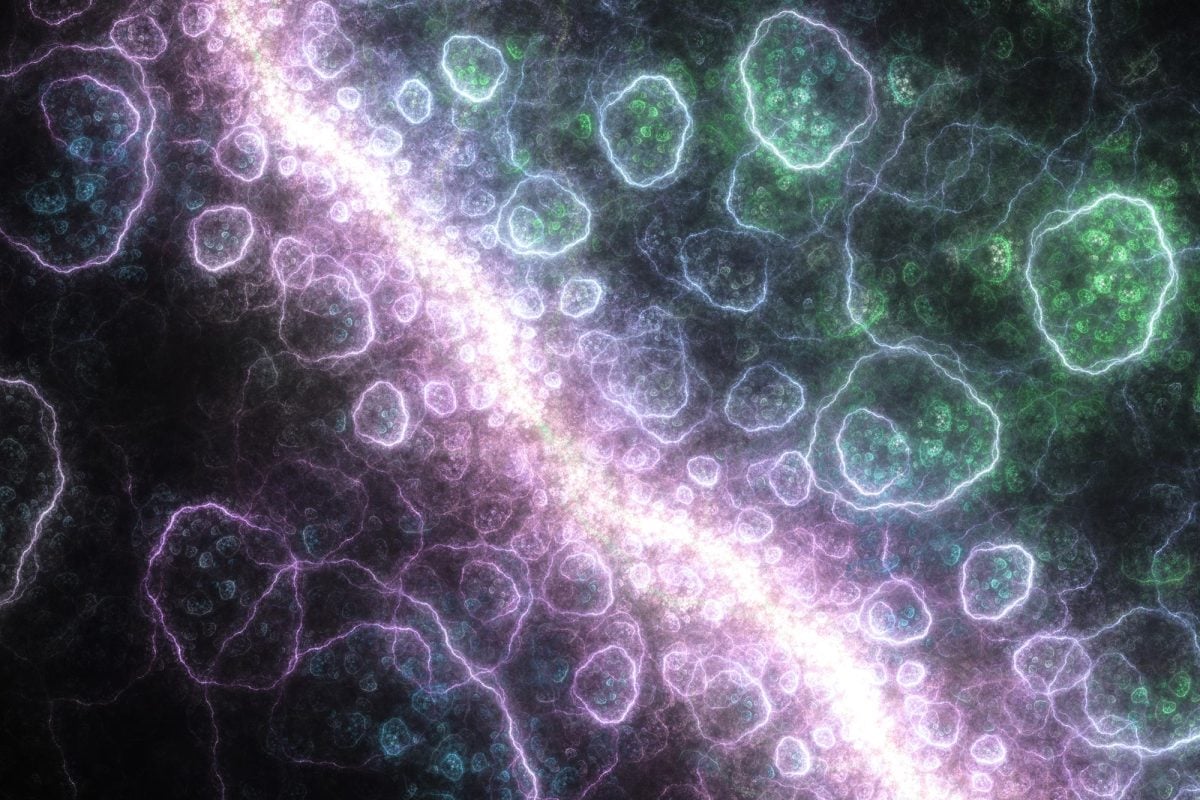




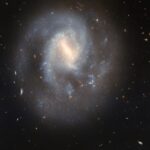

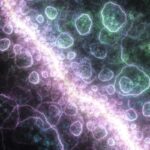
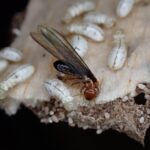



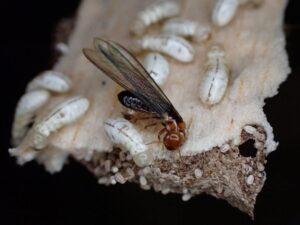

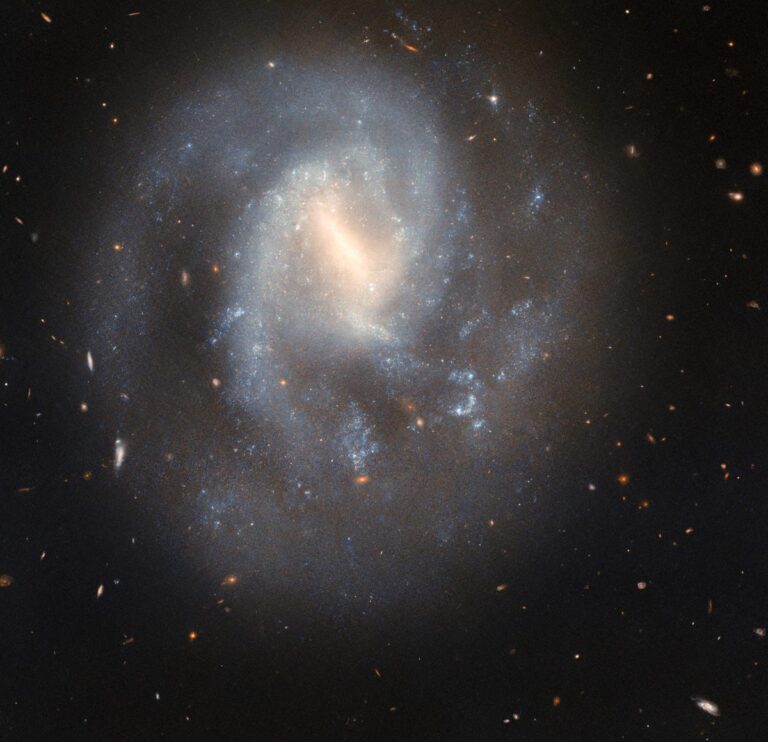
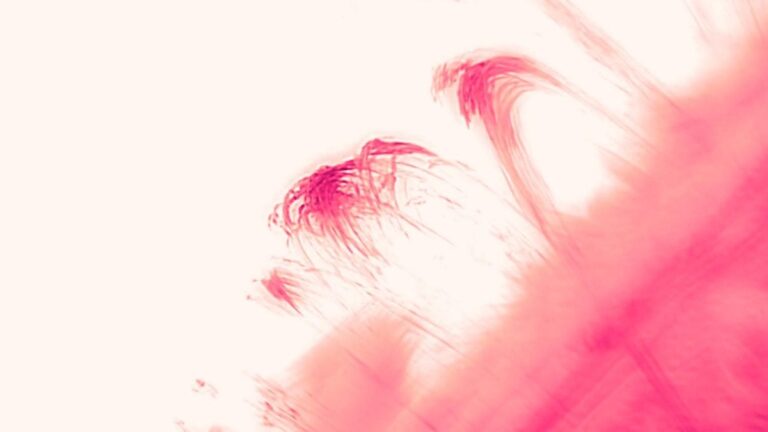

+ There are no comments
Add yours